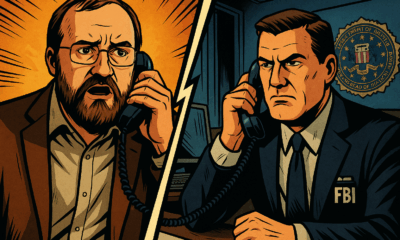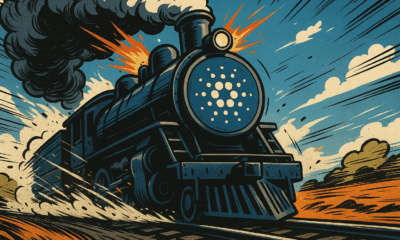Cardano
Cardano Reboots: What the Foundation’s New Roadmap Means for the Blockchain Race
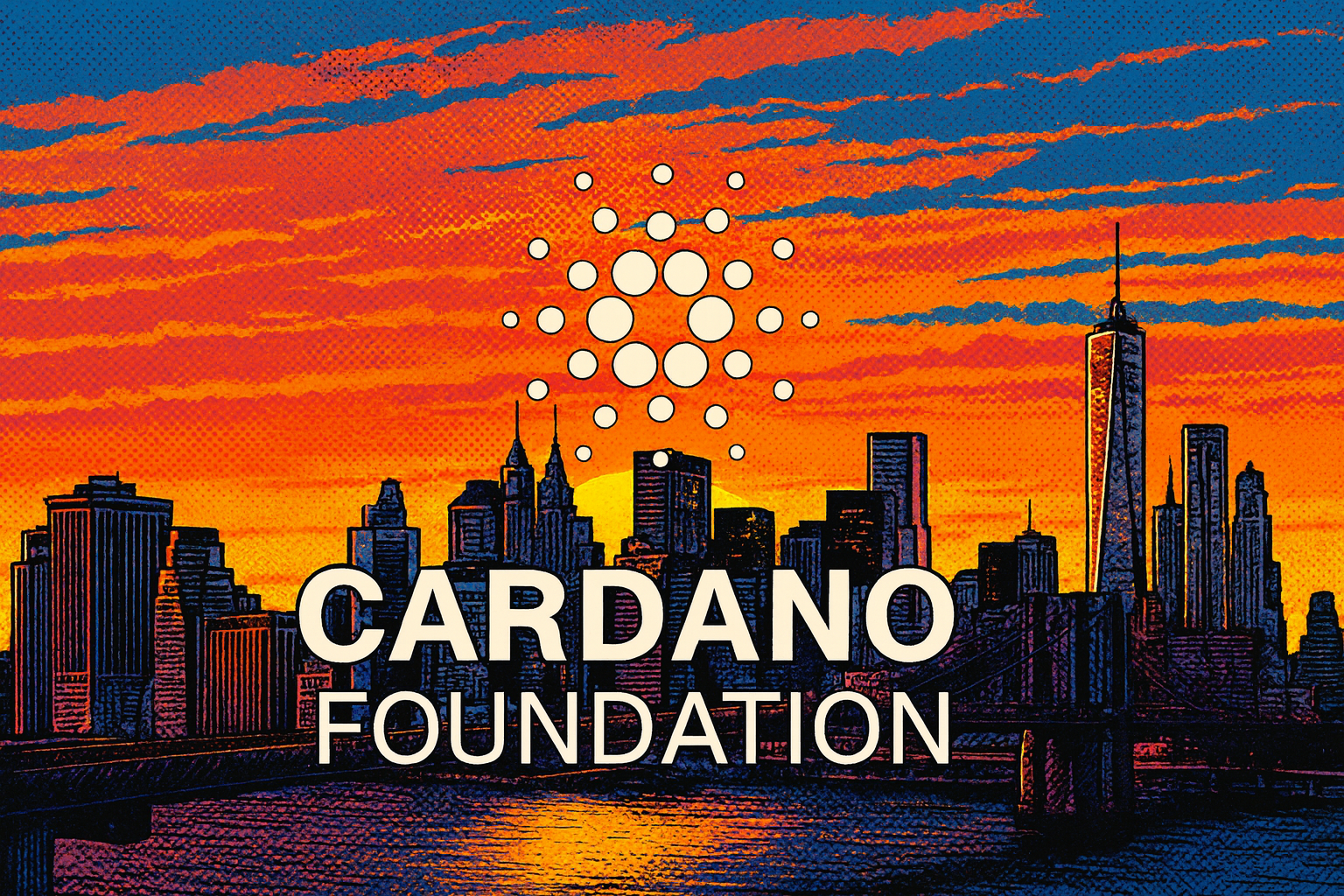
- Share
- Tweet /data/web/virtuals/383272/virtual/www/domains/theunhashed.com/wp-content/plugins/mvp-social-buttons/mvp-social-buttons.php on line 63
https://theunhashed.com/wp-content/uploads/2025/09/cf2-1000x600.png&description=Cardano Reboots: What the Foundation’s New Roadmap Means for the Blockchain Race', 'pinterestShare', 'width=750,height=350'); return false;" title="Pin This Post">
In the ever-competitive world of blockchain infrastructure, innovation isn’t just a feature—it’s survival. Cardano, often positioned as a “third-generation blockchain” that seeks to bridge the gap between security, scalability, and decentralization, has laid out a significant new roadmap through its nonprofit arm, the Cardano Foundation. For those who’ve kept Cardano at arm’s length amid the noise of Ethereum, Solana, and newcomers like Celestia or Monad, now might be the time to pay attention.
In September 2025, the Cardano Foundation unveiled a detailed multi-year strategy that could reframe its role in the crypto ecosystem. This isn’t just a minor update or a routine development plan—it’s a recalibration of priorities that reflects the growing pressure on layer-1 chains to prove not just technical sophistication, but real-world traction.
Let’s break it down.
From Academia to Action: Cardano’s Long Game
Cardano has always played the long game. Launched in 2017 by Ethereum co-founder Charles Hoskinson, it differentiated itself early by prioritizing peer-reviewed academic research and formal verification. That design philosophy, though admired in principle, has often drawn criticism for slow rollouts and limited developer mindshare. While Ethereum rushed to build and break things, Cardano architected with caution.
Today, the blockchain is technically advanced, boasting a UTXO model optimized for concurrency, low energy consumption, and a robust staking system. But its application layer—DeFi, NFTs, Web3—lags in adoption compared to faster-moving ecosystems.
That’s the backdrop against which the Cardano Foundation’s roadmap emerges. It represents a decisive shift from foundation-led bootstrapping to targeted capital deployment, ecosystem integration, and infrastructure support.
Six Strategic Pillars: More Than a Tech Stack
The new roadmap, released by Cardano Foundation CEO Frederik Gregaard, lays out six strategic priorities for 2025 and beyond: expanding DeFi liquidity, enhancing Web3 integrations, scaling venture support, tokenizing real-world assets (RWAs), growing ecosystem awareness, and decentralizing governance further.
This is more than a mission statement—it’s a directional pivot that reflects the shifting tides in crypto. Let’s look at what these priorities mean in a broader context.
Making DeFi Work on Cardano
Cardano’s DeFi ecosystem has struggled to attract capital and developers, even as its on-chain activity has grown modestly. DEXs like Minswap and stablecoin projects like iUSD exist, but liquidity and user numbers remain far below Ethereum, Solana, or even newer chains like Base.
To address this, the Foundation is allocating a significant chunk of its treasury—reportedly in the “eight-figure ADA” range—to support stablecoin development and ecosystem-wide liquidity. The goal is to stimulate DeFi growth not just through grants, but by coordinating liquidity incentives and onboarding mechanisms.
This puts Cardano in line with ecosystems like Avalanche and Polygon, which have aggressively funded ecosystem growth via incentive programs and strategic partnerships. If successful, this could trigger a much-needed second wave of builders on Cardano.
Entering the Web3 Arena
Web3 is more than a buzzword—it’s shorthand for the shift to tokenized applications, DAOs, NFTs, and decentralized identity. Cardano has the technical scaffolding for these use cases, but adoption has been muted.
The roadmap includes new hires specifically tasked with driving integrations across tokenization, real-world assets, and broader Web3 initiatives. The aim? Make Cardano a legitimate home for Web3 builders who might otherwise default to Ethereum or Solana.
However, this will require solving long-standing onboarding issues. Cardano’s extended UTXO model is powerful but unfamiliar to many developers used to EVM-style design. Bridging that gap will be crucial.
The Venture Hub: Seeding a Self-Sustaining Ecosystem
One of the more interesting initiatives in the roadmap is the expansion of the Cardano Venture Hub. Designed to support startups and enterprises building on Cardano, the Hub is both an accelerator and a funding platform. The Foundation plans to inject up to 2 million ADA into this effort in 2026, and will partner with established incubators like Draper University and Techstars.
This mirrors what the Solana Foundation and Polygon Labs have done to encourage early-stage innovation. But here, Cardano has to play catch-up—VCs haven’t been pouring money into its ecosystem at the same pace as they have with Ethereum layer-2s or modular blockchains.
Real-World Assets: Cardano’s Dark Horse?
Tokenizing real-world assets has become one of crypto’s most compelling narratives. From tokenized U.S. Treasuries to on-chain real estate, traditional finance is inching toward public blockchains. Cardano wants in.
The roadmap doubles down on this opportunity, pushing for new standards (such as CIP-0113 and CIP-0143), payment protocol upgrades, and collaborations with compliance-friendly projects. Given Cardano’s predictable fees and native asset model, it might be well-positioned for regulated tokenization.
But success here hinges not just on tech—it depends on legal frameworks, integrations with traditional financial players, and market timing. The right product at the wrong time still fails.
Awareness, Education, and Ecosystem PR
Cardano’s global community is one of its strongest assets, but it has largely been grassroots-led. The Foundation plans to professionalize its outreach: increasing its marketing budget by 12% in 2026, strengthening educational platforms like Cardano Academy, and boosting developer engagement through workshops and events.
This is in line with what chains like NEAR and Algorand have tried—though with mixed success. In crypto, narrative is everything, and the challenge for Cardano will be updating its image from a “slow but safe” platform to an ecosystem that’s open for business and open to builders.
Governance and Decentralization: A Test of Philosophy
Perhaps the most philosophical—but also most impactful—pillar of the roadmap relates to governance. Cardano is known for championing on-chain governance, and the new roadmap accelerates this by reshaping the Foundation’s delegation strategy.
Instead of directing ADA to individual stake pools, the Foundation will now delegate to community-elected DReps (delegated representatives), specifically those focusing on operations and adoption. An additional 220 million ADA will be redirected to these DReps by 2026.
This is a big deal. It’s a move toward a system where governance, funding, and ecosystem growth are increasingly community-driven—an ideal many chains claim, but few implement meaningfully.
Can Cardano Catch Up?
So, what does all this add up to?
Cardano’s new roadmap is not just a set of goals—it’s an admission that the blockchain space has moved forward, and Cardano must catch up. But it also signals a readiness to evolve.
For crypto watchers, the question is no longer “Does Cardano have the tech?” That’s settled. The real test is execution: Will DeFi builders come? Will stablecoins launch and sustain liquidity? Will tokenized assets gain legal traction? And most importantly—will the ecosystem feel alive?
In a world where new chains are launched weekly and attention spans are short, Cardano is placing its chips on thoughtful, well-funded evolution. It’s a bet that long-term architecture, paired with strategic growth, can still win.
Time will tell if that bet pays off. But one thing is clear: Cardano is not standing still anymore.
Cardano
Solana co‑founder publicly backs Cardano — signaling rare cross‑chain respect after 2025 chain‑split recovery
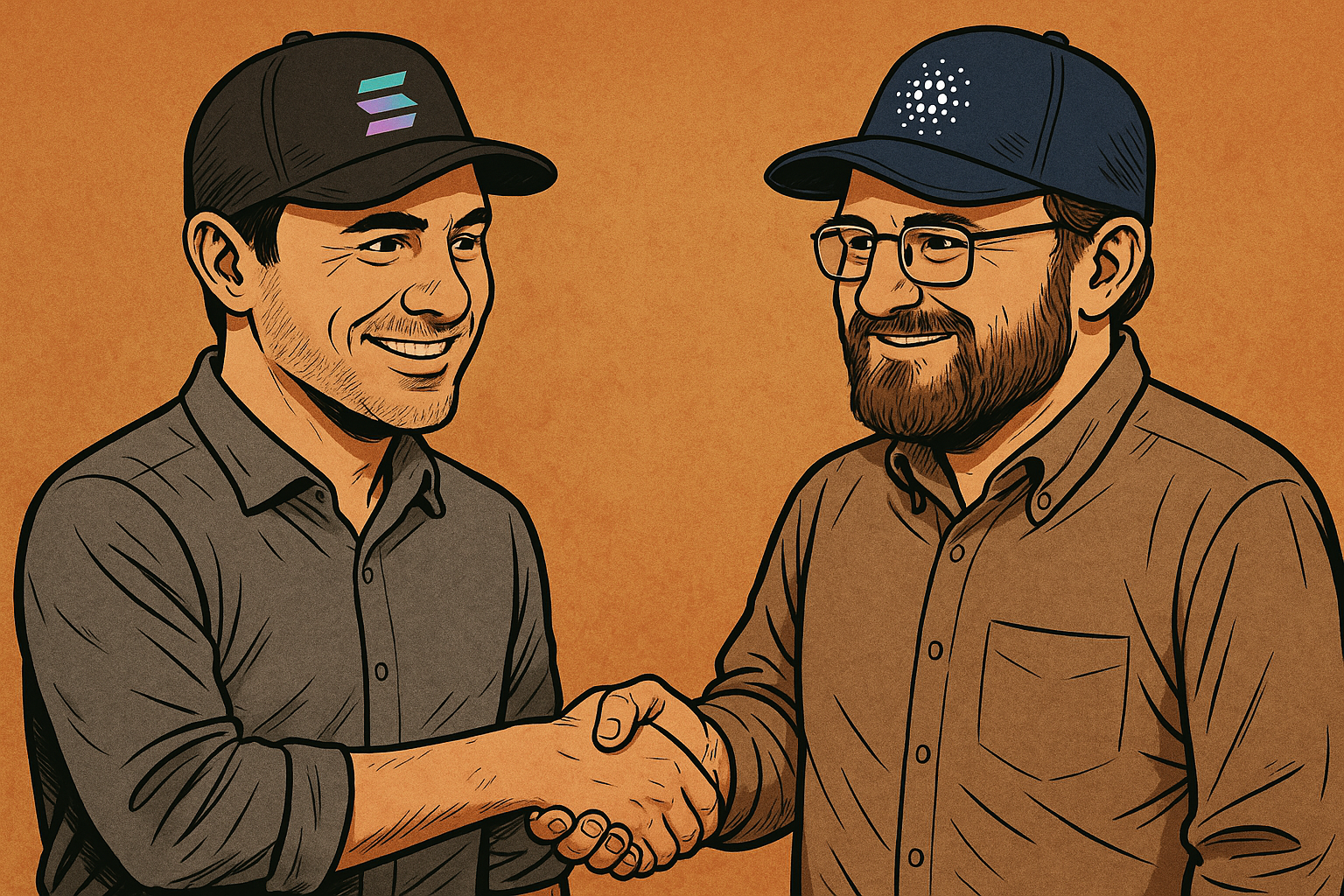
From Incident to Validation
In a development that surprised many in the blockchain world, Solana co-founder Anatoly Yakovenko publicly praised Cardano following its recent chain-split incident. What could have been a blow to Cardano’s reputation instead became an unexpected moment of validation — not just from within its own ecosystem, but from one of its most prominent rivals.
The Split That Wasn’t a Stop
On November 21, 2025, Cardano experienced a technical divergence caused by a malformed transaction. The issue stemmed from a bug in the serialization and deserialization logic of its node software — a deep protocol-level vulnerability. Some nodes processed the transaction as valid, while others rejected it, resulting in two competing forks of the blockchain running simultaneously.
But here’s the critical part: Cardano never stopped. The Ouroboros consensus mechanism kept producing blocks on both forks. And once the problem was identified, developers rapidly issued a patch. Stake pool operators upgraded their nodes in a matter of hours, and the network converged back onto a single canonical chain — no hard fork, no downtime, no loss of funds.
Yakovenko’s Unexpected Endorsement
Shortly after the incident, Solana’s Anatoly Yakovenko weighed in with a surprising take. He acknowledged that creating a Nakamoto-style consensus without relying on energy-intensive Proof-of-Work is “extremely hard to build” — and concluded that Cardano “actually nailed it.” He called the network’s recovery after the split “pretty cool.”
This kind of comment matters. It wasn’t just a technical compliment — it was a recognition from a competitor that Cardano’s foundational architecture, often criticized for being slow-moving or overly academic, delivered exactly what a blockchain is supposed to do: it kept running, adapted, and healed itself.
The Design Behind the Recovery
Cardano’s recovery didn’t happen by luck. It’s the product of years of research-first development: a layered architecture, formal verification, and the Ouroboros consensus engine designed specifically to prioritize security and resilience.
Most importantly, the resolution didn’t depend on a central authority stepping in. The “honest chain” prevailed through natural consensus. Operators coordinated globally without coercion. The update rollout was swift. The split was resolved without user impact beyond brief transaction slowdowns.
These are not small feats in a decentralized environment. They represent the kind of maturity that few chains — even large ones — have demonstrated under live pressure.
A Rare Signal in Crypto Culture
What makes this moment especially significant is that it cuts through the tribalism that usually defines blockchain communities. Yakovenko didn’t take a victory lap or criticize a competitor. Instead, he acknowledged a technical achievement — one that aligns, at least in spirit, with the broader mission of blockchain: decentralized systems that can withstand failure and continue operating trustlessly.
This is a sign that the blockchain space may be maturing. Cross-chain respect, while rare, is important. It suggests a shared understanding that competition shouldn’t come at the cost of ignoring good engineering when it happens — even on another protocol.
Reframing the Narrative Around Cardano
For Cardano, the incident — and the way it was handled — may redefine public perception. The network has long been portrayed as overly cautious, academic, or “too slow to ship.” But when put to the test, those same qualities may have enabled it to respond to a complex failure without chaos.
Cardano wasn’t flawless. But when failure came, it was recoverable. And that’s the real benchmark for a network that claims to be decentralized and secure. It didn’t just protect funds. It protected trust.
Final Thought
The blockchain space has seen its share of crises: bridges exploited, blockchains halted, forks forced under pressure. But Cardano’s chain split will likely be remembered not as a breakdown — but as a breakthrough. It showed that resilience in Proof-of-Stake is not only possible, but provable. And with respect coming even from Solana’s top leadership, it’s clear that Cardano’s architecture — often underestimated — is earning its place among the most battle-ready networks in the industry.
Cardano
Cardano Has Never Stopped — What the Chain Split Really Tells Us About Its Tech
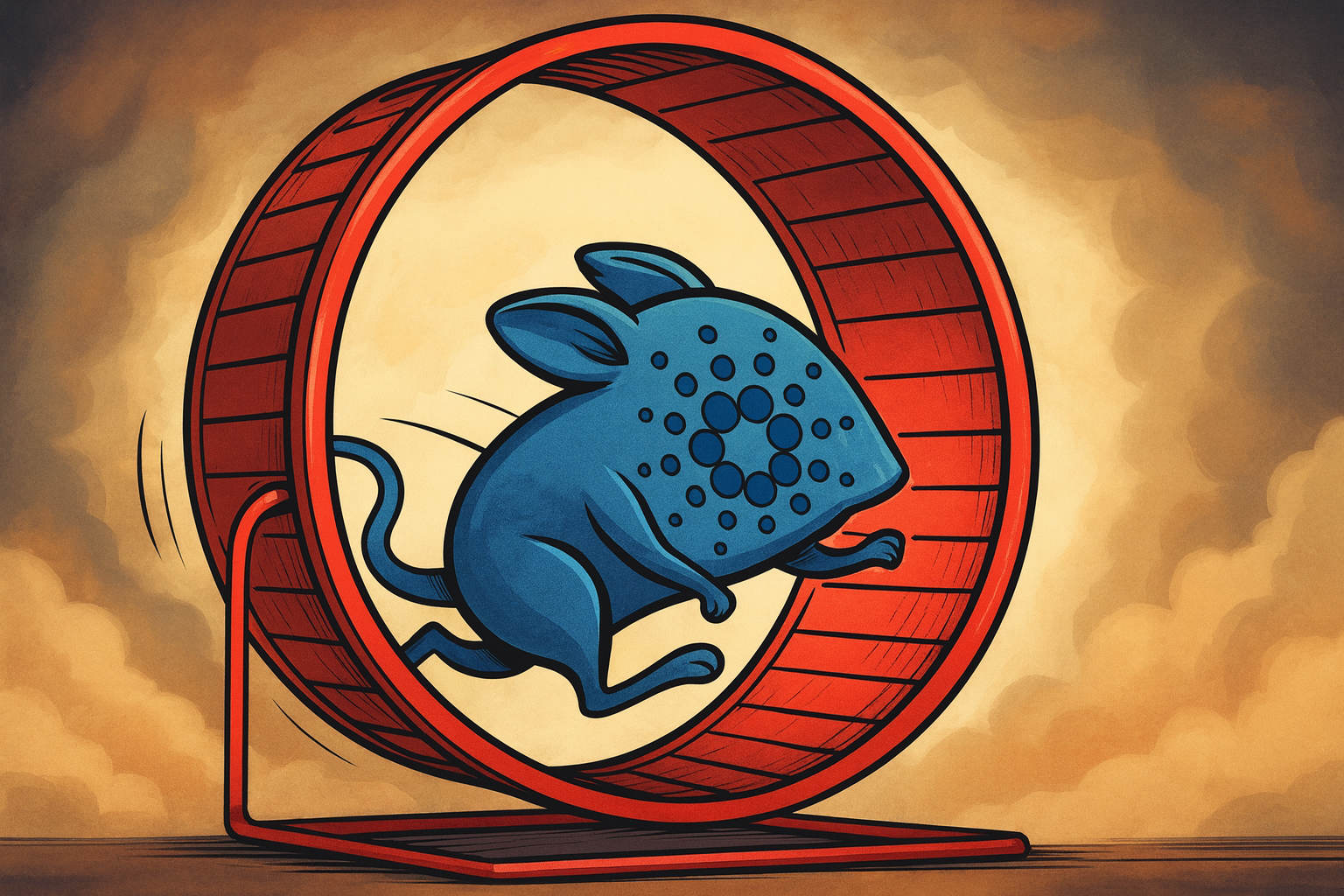
The Network Didn’t Fail. It Proved Itself.
On November 21, 2025, Cardano experienced what some feared might be a catastrophic event: a chain split. For about 14 hours, parts of the network diverged, with two versions of the blockchain running in parallel. But despite the panic and technical confusion, the result was clear—Cardano didn’t stop. The chain kept producing blocks, the network kept running, and the community coordinated a fix in real time. Far from exposing a flaw, the incident demonstrated just how solid Cardano’s architecture really is.
What Actually Happened: A Bug Meets an Edge Case
The chain split began when a malformed delegation transaction—created by an operator using AI-generated code—triggered a rarely encountered bug. The bug, which had been dormant in Cardano’s core software library since 2022, involved a discrepancy in how nodes processed transaction data during serialization and deserialization.
When this malformed transaction entered the network, some nodes interpreted it as valid while others rejected it. As a result, certain stake pool operators began building blocks on a forked version of the chain. This led to a temporary split: two incompatible chains running simultaneously.
Crucially, this was not a network halt. Cardano’s Ouroboros consensus algorithm continued to function. Blocks were still produced. Most users didn’t even notice the split until infrastructure like explorers, wallets, and exchanges began reporting inconsistencies. Transaction delays increased and around 3.3% of pending transactions were lost in the fork that was eventually discarded—but the underlying blockchain logic kept moving forward.
How Cardano Healed Itself
The recovery process was swift and decentralized. Core developers issued a patch to reject the malformed transaction type. Stake pool operators across the world upgraded quickly, voluntarily aligning with the correct version of the chain. No hard fork was required. No rollback or centralized intervention was needed. The protocol and the people around it did exactly what they were designed to do.
This recovery wasn’t just about code—it was about coordination. Cardano’s structure relies on a globally distributed group of node operators who can act independently but coherently. In this case, their rapid consensus allowed the network to self-correct in less than a day.
Why This Makes Cardano Stronger
Resilient systems aren’t the ones that never break. They’re the ones that recover quickly and accurately when they do. That’s exactly what happened here. Cardano faced a serious test, and it passed with its ledger intact and its community mobilized.
Rather than damage confidence, the event served as a validation of Cardano’s layered design and governance philosophy. It showed that even rare and difficult-to-detect bugs can be addressed within the existing framework. It also demonstrated that decentralization, when well organized, can outperform centralized systems in resilience.
Interestingly, even competitors took notice. The CEO of Solana—often seen as Cardano’s rival—publicly praised Cardano’s approach, acknowledging its strength in areas like formal verification and decentralized recovery. Such recognition from outside the ecosystem adds weight to the idea that Cardano’s fundamentals remain among the most robust in the space.
What It Means for Developers, Users, and Investors
For developers, the incident highlights the importance of safety in smart contract deployment. It also underscores the value of Cardano’s conservative, peer-reviewed approach to protocol changes. While some may criticize its pace, the trade-off for stability and recoverability is now clearer than ever.
For users, the key takeaway is trust. The network didn’t stop. Their funds remained safe. Their transactions, for the most part, were processed normally. And even when things went wrong, the fix didn’t rely on centralized authority—it relied on code and cooperation.
For investors, it signals maturity. Cardano didn’t implode. It didn’t require emergency governance. It didn’t pause block production. It endured, adapted, and continued. That’s more than can be said for many other blockchains in moments of crisis.
Final Word: Recovery Is Strength
Cardano’s chain split wasn’t a failure. It was a demonstration. It showed that robust protocol design, backed by a coordinated global community, can overcome unforeseen problems without permanent damage. No blockchain is immune to bugs—but few can claim they’ve weathered one this gracefully.
In a space where narratives often swing between hype and fear, the message from Cardano is simple and steady: even under pressure, Cardano has never stopped.
Cardano
Cardano Faces First‑Major Chain Split; Charles Hoskinson Involves FBI After Developer’s Experiment
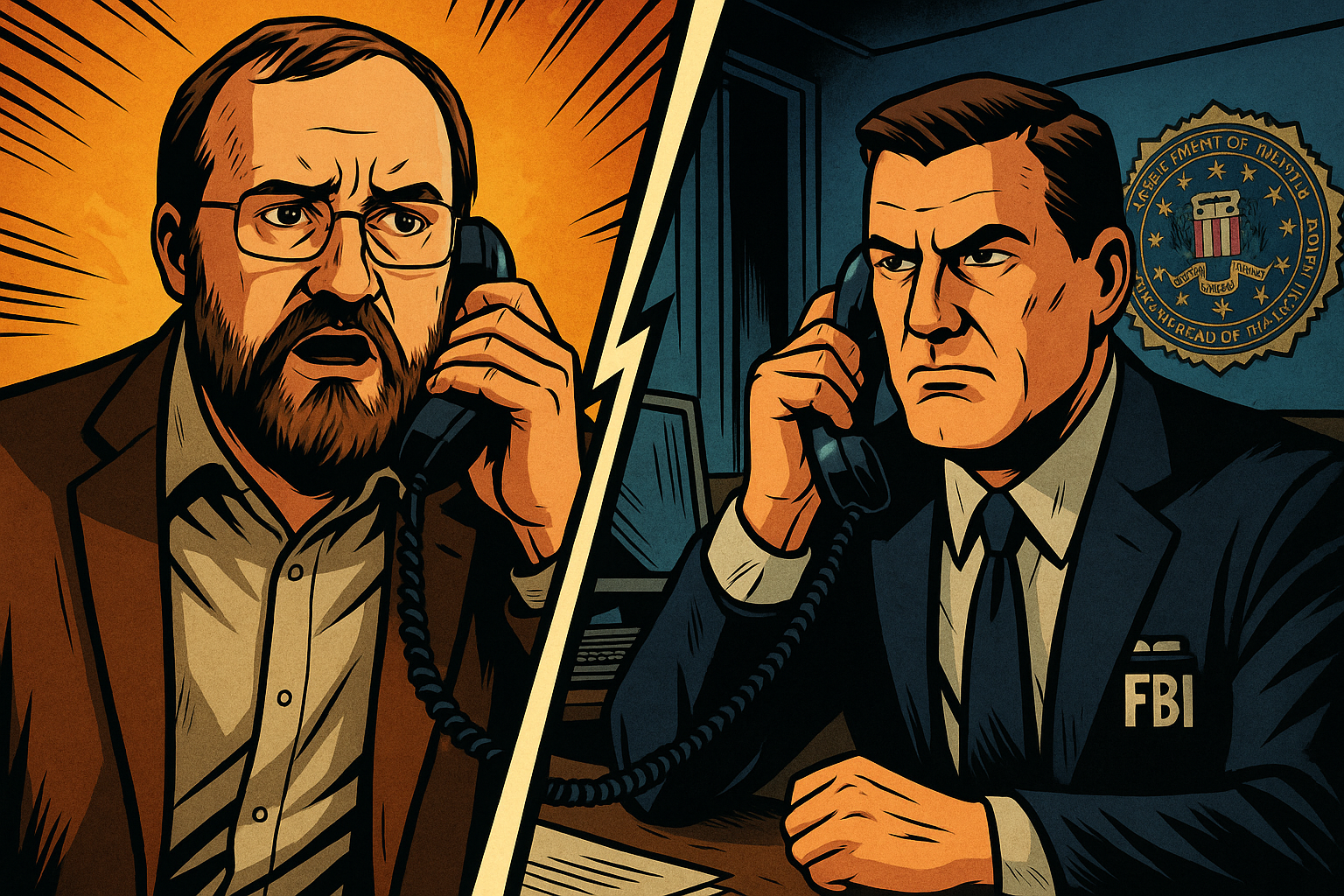
The blockchain world was shaken when Cardano suffered a temporary yet dramatic chain split on November 21, caused by a malformed delegation transaction that exploited a bug dating back to 2022. The culprit, a staking‑pool operator working under the alias “Homer J.,” later admitted the incident began as a personal challenge — he tried to reproduce a “bad transaction,” used AI‑generated instructions and inadvertently triggered a divergence in ledger history.
What happened on the chain
The split emerged when a delegation transaction passed validation in older node versions but was rejected by newer one, causing network nodes to diverge into two incompatible chains. Block production never stopped, yet exchanges paused operations amid the confusion. Emergency patches were deployed within three hours and the system converged back to a single chain by the next day. No user funds are reported lost so far.
Hoskinson’s response and legal implications
Charles Hoskinson described the incident as a “premeditated attack” rather than a simple error and confirmed that the U.S. Federal Bureau of Investigation is investigating the matter. He asserted that the operator “knows the FBI is already involved.” Meanwhile an employee of IOHK, Cardano’s lead development organisation, publicly resigned citing concerns about future legal consequences for development mistakes.
Market and ecosystem impact
In the immediate aftermath the native token ADA dropped by as much as 16 percent before stabilising. The broader narrative now hinges on governance trust, code‑audit rigour and the growing risk that even mature proof‑of‑stake networks can be shaken by obscure legacy bugs. The debate encapsulates one of crypto’s defining tensions: decentralisation versus operational risk.
What to monitor next
Attention will focus on whether Cardano can restore stakeholder confidence and sharpen its node‑software deployment processes. Will staking‑pool‑operators upgrade swiftly to the patched version? Will governance transparency improve? Also, regulators may begin paying closer attention to blockchain network incidents being treated as cyber‑attacks. And for ADA holders and developers, the key question remains whether network resilience can outpace reputational damage.
-

 Cardano2 months ago
Cardano2 months agoCardano Breaks Ground in India: Trivolve Tech Launches Blockchain Forensic System on Mainnet
-

 Cardano2 days ago
Cardano2 days agoSolana co‑founder publicly backs Cardano — signaling rare cross‑chain respect after 2025 chain‑split recovery
-

 Bitcoin2 months ago
Bitcoin2 months agoQuantum Timebomb: Is Bitcoin’s Foundation About to Crack?
-

 Cardano2 months ago
Cardano2 months agoAfter the Smoke Clears: Cardano, Vouchers, and the Vindication of Charles Hoskinson
-

 Cardano2 months ago
Cardano2 months agoMidnight and Google Cloud Join Forces to Power Privacy‑First Blockchain Infrastructure
-

 Ripple2 months ago
Ripple2 months agoRipple CTO David “JoelKatz” Schwartz to Step Down by Year’s End, but Will Remain on Board
-

 News2 months ago
News2 months agoRipple’s DeFi Awakening: How mXRP Is Redefining the Role of XRP
-
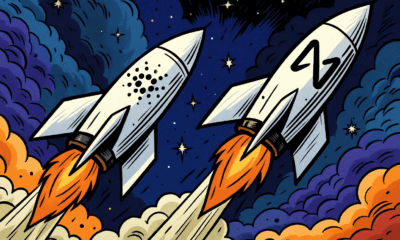
 Altcoins2 months ago
Altcoins2 months agoNEAR and Cardano Forge a New Cross‑Chain Alliance: What It Means for ADA and Web3 Interoperability





